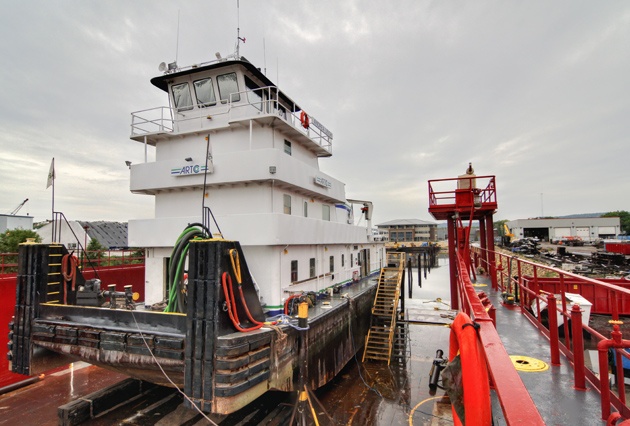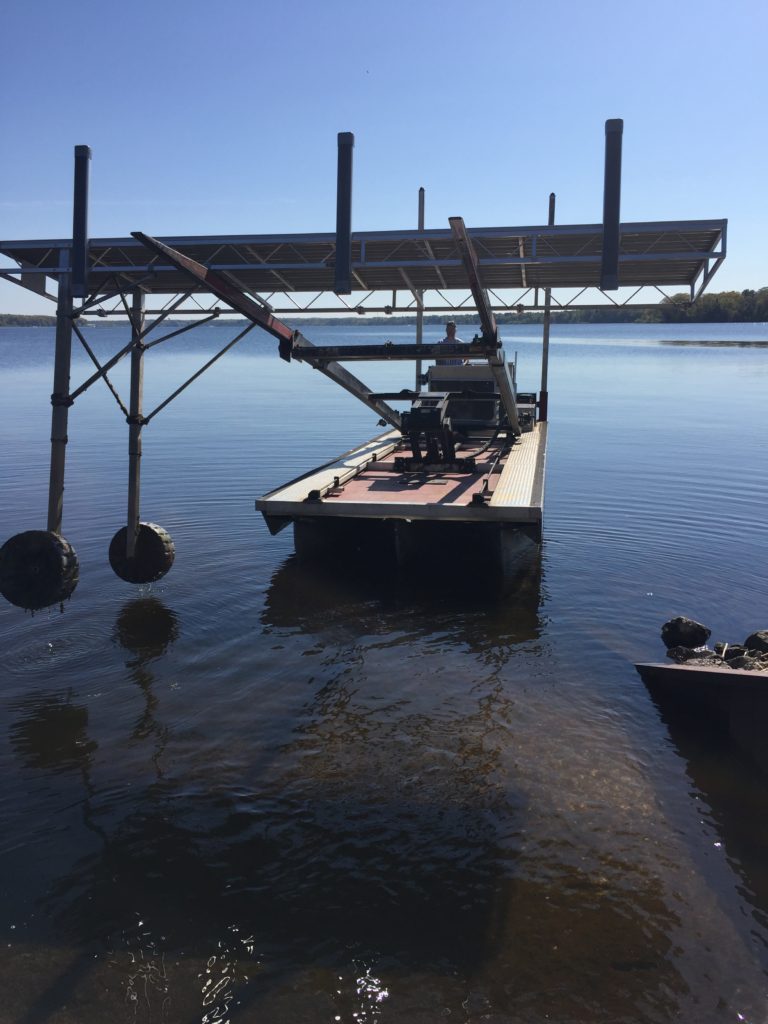Why Regular Upkeep Can Reduce Future Dock Repairs
Just How to Address Common Dock Repair Issues for Safe Water Activities

Identifying Common Dock Issues
Identifying usual dock concerns is crucial for maintaining the functionality and security of your waterfront residential property. Regular evaluations can help uncover issues before they become extreme, guaranteeing both the durability of the dock and the safety and security of those that utilize it.
Another common trouble is the destruction of flotation tools. These gadgets are crucial for maintaining the dock resilient, and any kind of damages or punctures can trigger the dock to list or sink. Regularly looking for leaks or water logged floats can preempt extra significant issues.
In addition, algae and barnacle accumulation on the dock's surface area can create unsafe and hazardous conditions. This biofouling not only postures a risk to users yet can also increase the degeneration of the dock materials.
Finally, examining for indicators of corrosion on metal elements is important. Corrosion can compromise the stability of the dock's structure, making it risky. By routinely determining these usual dock problems, you can ensure that your dock stays safe and secure and practical for several years to come.
Fixing Rotting Wood
When resolving the issue of decaying wood on your dock, it is crucial to act swiftly to stop further damage. Begin by thoroughly checking the whole structure to recognize all influenced locations. Make use of a screwdriver to penetrate the wood; if it sinks in easily, the wood is likely rotted and needs immediate attention.
Be sure to cut back to healthy, solid wood, guaranteeing you remove all jeopardized material. After removal, deal with the continuing to be timber with a timber preservative to prevent future rot.
Following, change the eliminated sections with marine-grade lumber or pressure-treated timber, which are extra immune to water damages. Secure the brand-new pieces with galvanized or stainless-steel bolts to stop corrosion. Additionally, applying a water resistant sealant to the new wood can give an extra layer of protection.
Securing Loosened Boards
Exactly how do you guarantee your dock continues to be risk-free and functional for all its customers? One essential element is safeguarding loosened boards, which can otherwise present significant dangers. Loose boards not just increase the danger of stumbling however can also jeopardize the architectural honesty of the whole dock.

For reinstallation, utilize stainless or galvanized steel screws, as these materials provide remarkable resistance to deterioration in marine atmospheres. Guarantee the screws are long enough to pass through deep right into the underlying assistance structure, but not as long that they stick out via the dock's surface area. Pre-drilling pilot holes can help avoid the wood from splitting.
Last but not least, keep a normal assessment schedule to recognize and resolve any new concerns quickly. By safeguarding loose boards properly, you contribute to the total safety and longevity of your dock, making it a trusted platform for water see this page activities.
Maintaining Unstable Pilings
Making certain the security of unsteady pilings is vital to keeping a secure and practical dock. Unstable pilings can compromise the whole structure, presenting considerable threats to customers and possibly resulting in pricey repair services. The very first step in stabilizing these important parts is a complete evaluation. Analyze the pilings for signs of rot, damages, or changing. Use a level to examine for vertical positioning and guarantee they are driven deep sufficient right into the substratum to offer sufficient support.
If the pilings are discovered to be unpredictable, one efficient approach for support is using extra supporting. Cross-bracing with dealt with lumber or galvanized steel can significantly improve security. Anchor the braces securely to both the pilings and the dock framework to disperse lots evenly.

Regular upkeep and routine review of the pilings' stability are important to guaranteeing long-term dock safety and security and capability.
Changing Rusty Equipment
Resolving unsteady pilings is just one facet of keeping a dock's stability; another crucial issue is replacing rusty equipment. In time, exposure to wetness and salt can result in the oxidation and corrosion of brackets, screws, and screws, jeopardizing the whole framework's security. Regular examination for rust is necessary, specifically after severe weather condition or seasonal adjustments.
When corroded hardware is determined, immediate action is called for. Begin by choosing marine-grade stainless-steel or galvanized hardware, both created to stand up to the rough marine setting. Guarantee that you have the suitable devices, such as wrenches and screwdrivers, to safely remove the old, corroded pieces without creating more damage to the dock.
After removing the corroded equipment, completely tidy the influenced areas to remove any kind of residual rust or particles. Apply a rust-inhibiting guide to exposed metal surface areas prior to installing the new hardware. Our site Tighten up all fixtures safely to stop future loosening, and occasionally examine the installations to ensure ongoing security.
Replacing rustic hardware not just prolongs the dock's life-span but also dramatically boosts the security of water activities. By proactively handling deterioration, you shield both the structure and its individuals, ensuring a protected and satisfying waterfront experience.
Conclusion
Regular evaluations and upkeep are essential to address common dock repair issues and guarantee risk-free water tasks. By determining and correcting troubles such as deteriorating timber, loose boards, unsteady pilings, and rusty hardware, structural security and long life can be dramatically enhanced. The application of proper treatments and marine-grade materials even more strengthens the dock versus environmental stressors. Such proactive steps contribute to the total safety and security and capability of dock structures, fostering a safe and secure environment for water-based tasks.
Ensuring the security of water tasks pivots read the full info here considerably on the correct maintenance and fixing of anchors (Dock Repairs). These gadgets are essential for maintaining the dock resilient, and any damage or slits can trigger the dock to checklist or sink. By routinely determining these typical dock issues, you can make sure that your dock continues to be protected and functional for years to come
Guaranteeing the security of unsteady pilings is paramount to preserving a secure and functional dock.Regular evaluations and upkeep are essential to address typical dock repair problems and make sure risk-free water tasks.